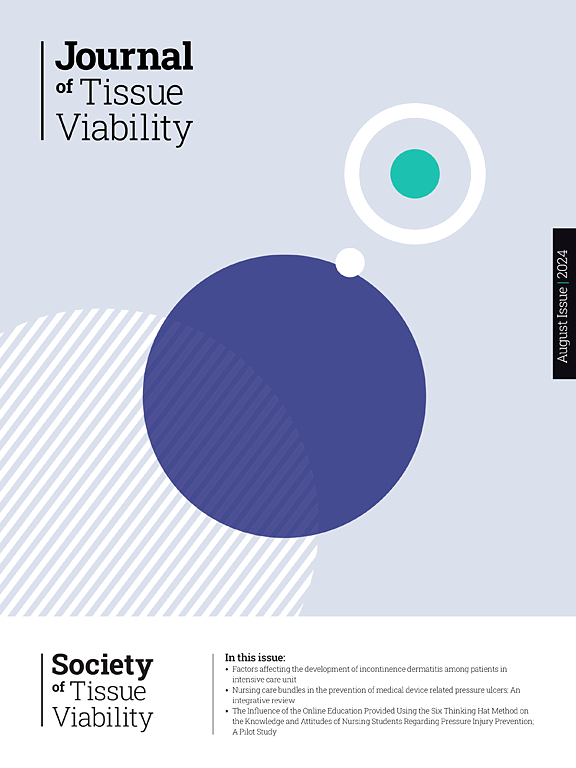Global perspective on the incidence, severity, and management of diaper dermatitis in neonates, infants, and young children
IF 2.4
3区 医学
Q2 DERMATOLOGY
引用次数: 0
Abstract
Objective
We aimed to determine the incidence and severity of diaper dermatitis (DD) among neonates, infants and young children and identify the most effective treatment strategies with a global perspective.
Materials and methods
We conducted a narrative review of literatures searches from PubMed, EMBASE, and SCOPUS, found 1996 citations, selected primary source papers on infants and children ≤36 months and critically reviewed reports on incidence, severity, and treatment.
Results
The analysis produced information on DD incidence and diaper skin care habits from 7500 subjects in 12 countries including extremely premature infants. Three studies suggested that dark-skinned infants had lower incidence and/or severity versus light-skinned subjects. Treatments were generally effective but varied somewhat in rate and/or extent of DD reduction. Variations in DD assessment methods, study design, and starting severity were limitations for comprehensive treatment comparison.
Conclusions
DD incidence is relatively high, ranging from 36 to 75 % in home and hospital settings, with severe cases from 1 to 24 %. The review suggests that treatments with “drying” processes or ingredients are promising strategies for improved outcomes. It highlights skin care practices that may reduce DD and prompts questions for future research to understand and manage conditions for optimum skin function in the diaper environment.
新生儿、婴儿和幼儿尿布皮炎的发生率、严重程度和管理的全球视角
目的了解新生儿、婴幼儿尿布皮炎(DD)的发病率和严重程度,并从全球视角确定最有效的治疗策略。材料和方法我们对PubMed、EMBASE和SCOPUS的文献检索进行了叙述性回顾,发现了1996次引用,选择了有关婴儿和≤36个月儿童的主要来源论文,并对发病率、严重程度和治疗的报告进行了批判性回顾。结果分析得出了包括极早产儿在内的12个国家7500名受试者的DD发病率和尿布皮肤护理习惯的信息。三项研究表明,深色皮肤的婴儿与浅色皮肤的婴儿相比,发病率和/或严重程度较低。治疗通常是有效的,但在DD的减少率和/或程度上有所不同。DD评估方法、研究设计和起始严重程度的差异是综合治疗比较的局限性。结论家庭和医院dd发生率较高,为36% ~ 75%,重症发生率为1% ~ 24%。该综述表明,使用“干燥”过程或成分的治疗是改善结果的有希望的策略。它强调了可能减少DD的皮肤护理实践,并为未来的研究提出了问题,以了解和管理尿布环境中最佳皮肤功能的条件。
本文章由计算机程序翻译,如有差异,请以英文原文为准。
求助全文
约1分钟内获得全文
求助全文
来源期刊

Journal of tissue viability
DERMATOLOGY-NURSING
CiteScore
3.80
自引率
16.00%
发文量
110
审稿时长
>12 weeks
期刊介绍:
The Journal of Tissue Viability is the official publication of the Tissue Viability Society and is a quarterly journal concerned with all aspects of the occurrence and treatment of wounds, ulcers and pressure sores including patient care, pain, nutrition, wound healing, research, prevention, mobility, social problems and management.
The Journal particularly encourages papers covering skin and skin wounds but will consider articles that discuss injury in any tissue. Articles that stress the multi-professional nature of tissue viability are especially welcome. We seek to encourage new authors as well as well-established contributors to the field - one aim of the journal is to enable all participants in tissue viability to share information with colleagues.
 求助内容:
求助内容: 应助结果提醒方式:
应助结果提醒方式:


